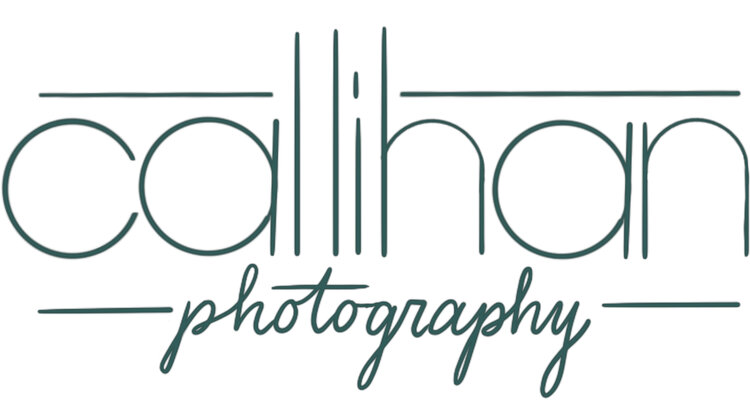It’s almost Halloween! Can you believe how fast this year has gone by!? I am hoping that even with Covid-19 virus we will still have some kind of Halloween celebration. It is not my favorite holiday, but it’s close! I love this time of year. The leaves and the weather getting colder! I love most everything about fall, but I do not care for pumpkin spice everything. I’m happy with just normal coffee, ha! So here are some things to consider when photographing those Halloween costumes.
1. Set the Stage
Consider the costume itself! What setting should it be in? Is there something you can add to make the photograph extra special? For the sleeping beauty photo below, I used flower petals and a soft pillow to set the stage (so to speak). When my daughter was Mary Poppins, I let her borrow my umbrella and let her play out the character! It is so much fun to capture the costume in a way that speaks to the character they are playing. Hopefully, you have practiced the make up and have a plan for props! Sometimes it’s just one prop that can make all the difference.
2. Edit for Magic
Photoshop can really add magic to the photo. Use it to help the scene! You can use a glitter overlay like I did when my kid was Belle. This overlay is from Jessica Drossin. Or you can edit the eyes out to make your ghost look extra creepy! For a Harry Potter costume consider adding a lightning bolt, or a smoke overlay for a witch! Maybe do a composite, or make your subject levitate. I have a tutorial here on how to do a levitation photo. The possibilities really are endless for a good photoshop edit! This is a really good time to start experimenting.
3. Capture their Personalities
Make sure to document the way they laugh or their favorite part of the costume, or how much candy they got that year. It might be a good idea to try to do pictures ahead of time too! That way you have plenty of time for trick or treating. Don’t forget to capture those details!
Whatever you do, make sure to document these moments! It’s so fun to look back at previous years. For more Halloween inspiration check out Kellie Bieser. She is the master at capturing Halloween costumes!
Thanks for reading!



















